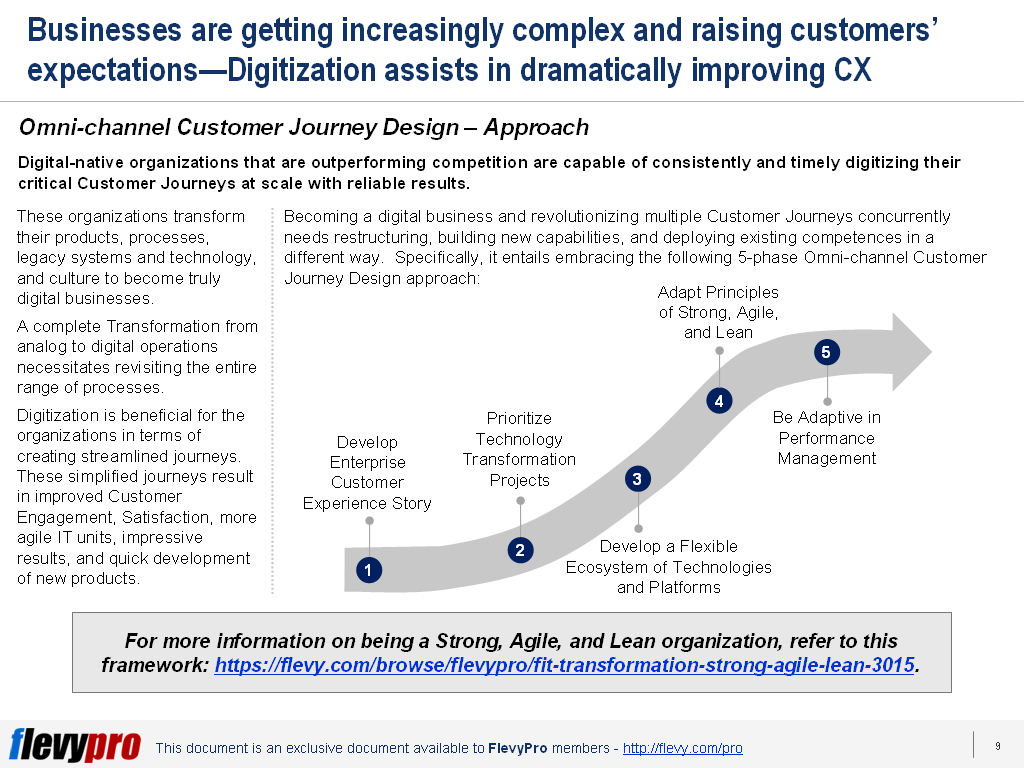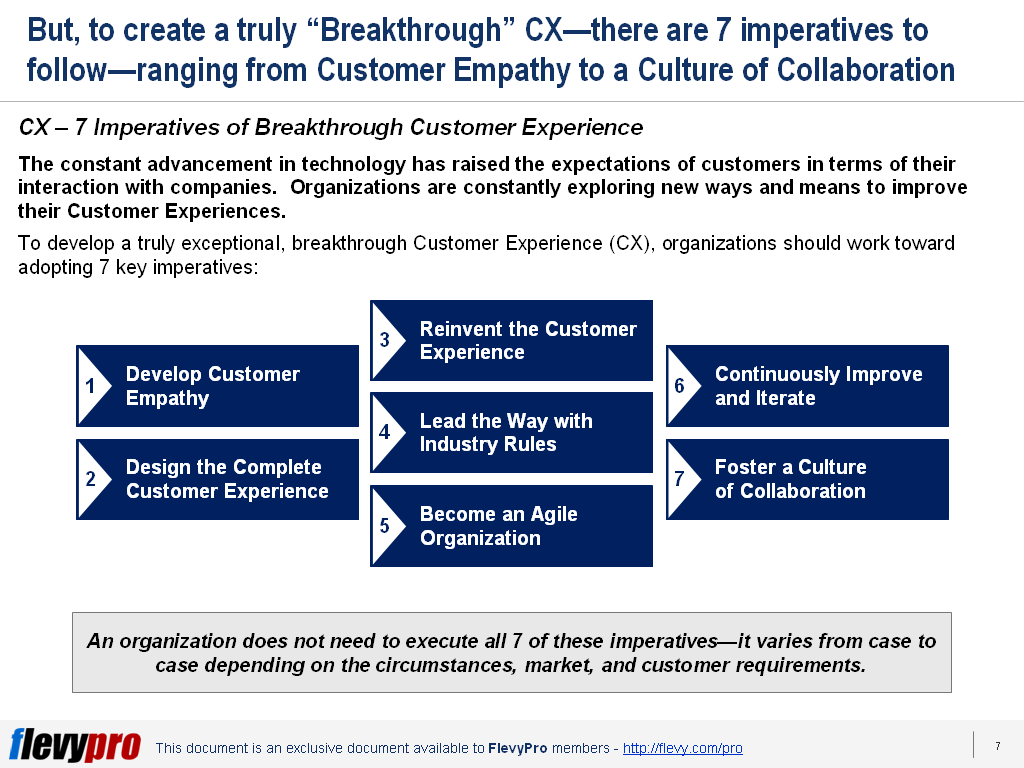5 Key Ingredients of a Robust Omni-channel Customer Journey Design Approach
28 Nov


Businesses are getting increasingly complex and so are customers’ expectations. Digital organizations are digitizing their critical Customer Journeys at scale to outperform competition. These organizations are using Digitization to create streamlined journeys, which result in more agile IT units, quick delivery of new products, and improved Customer Experiences and Engagement.
But before embarking on digitization and streamlining Customer Journeys, organizations need to transform their products, processes, legacy systems and technology, and culture to become truly digital businesses.
Streamlining multiple Customer Journeys concurrently requires integration of existing systems, building new capabilities, and deploying existing competences in a different way. Specifically, it entails embracing the following 5-phase Omni-channel Customer Journey Design approach that is critical for improving Customer Experiences and accomplishing higher Customer Engagement:
- Develop Enterprise Customer Experience Story
- Prioritize Technology Transformation Projects
- Develop a Flexible Ecosystem of Technologies and Platforms
- Adapt Principles of Strong, Agile, and Lean
- Be Adaptive in Performance Management
Now, let’s talk about the first 3 phases of the Omni-channel Customer Journey Design approach.
Phase 1 — Develop Enterprise Customer Experience Story
Creating a Customer Experience Story calls for setting up a Customer Experience team. The Customer Experience team begins by identifying the critical factors and main concerns in their customer relationships. Around these themes, they, then, carefully outline the experiences customers may come across during each and every interaction they have with the company in the form of a story. The Enterprise Customer Experience Story is unique to every company and provides a summary of the strategy, brand, and positioning in workable terms.
Next, the team identifies the journeys that are able to effectively deliver the factors and features critical for the customers utilizing digitization. Each journey should be critically analyzed to assess its significance, cost advantages associated with scaling it, the governance and technical impediments, and the availability of adequate financial and leadership resources to manage it. Thorough analysis of Customer Journeys yields a plan of action that aids in creating prioritized journeys.
Phase 2 — Prioritize Technology Transformation Projects
IT Transformation is typically the most challenging and resource hungry among other change initiatives. For instance, designing a mobile app is simple, however, it’s the linkage of the app to all the channels customers use and its integration with the back-end systems that is complicated.
To undertake Digitization, companies should avoid digitizing each journey separately — as it fosters internal silos — and investing heavily in Internet or mobile-channel IT. A better approach for the organizations is to rather prioritize the IT initiatives to enable smooth transformation of IT architecture with the addition of more customer journeys. Standard IT components are reusable across different journeys.
Phase 3 — Develop a Flexible Ecosystem of Technologies and Platforms
An important consideration for digitizing core journeys and scaling digitization is to link your IT systems with the technologies and platforms working outside the firm. These external systems provide the organization several advantages, including quick access to new customers, data pools, and capabilities.
Next-generation integration architecture should be designed in such a way that it should support open standards, dynamic interaction models, and curtail security threats. Progress in cloud computing and technology infrastructure has made quick and easy access, management, and operations of infrastructure resources possible — including networks, servers, databases, programs, and services. The skills needed to manage these technology ecosystems include DevOps experts to supervise integration of development and operations, enterprise architects, cloud engineers to manage software and cloud-computing, data scientists, and automation engineers.
Interested in learning more about the other key phases of the Customer Journey Design approach? You can download an editable PowerPoint on Omni-channel Customer Journey here on the Flevy documents marketplace.
Are you a Management Consultant?
You can download this and hundreds of other consulting frameworks and consulting training guides from the FlevyPro library.



















